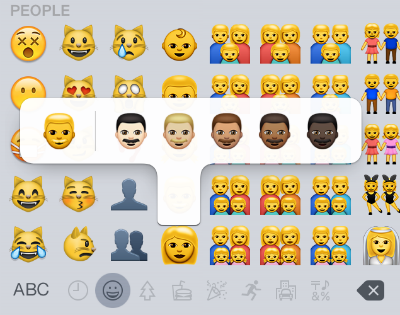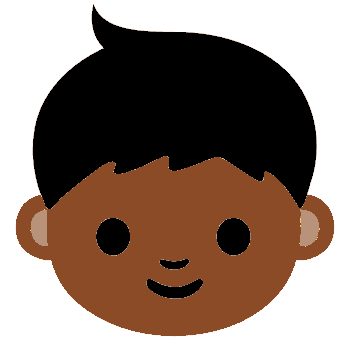Last Updated on 2023-06-01 , 3:52 pm
You’ve probably asked yourself, “**why are emojis yellow**?” or “why do smiley faces often sport this sunny hue?”
If you think back to the advent of WhatsApp and the explosion of emojis, you’ll likely recall a sea of yellow faces.

But the phenomenon of yellow characters isn’t limited to emojis – think of animated icons like Spongebob Squarepants, the Simpsons, Lego characters, Pikachu, and the Minions, all bathed in bright yellow.
Before we delve into why emojis are yellow in colour, it’s essential to clarify that this choice isn’t about racial representation but is more of a technological and design consideration.
Unraveling the Mystery: Why Emojis are Yellow
Today, emojis have evolved to represent a vast array of racial diversity.
No longer restricted to a yellow palette, emojis now cover various skin colour codes, extending from light to dark tones.
A quick scroll through your WhatsApp emojis will reveal five different shades besides the original yellow.


The Emoji Yellow Colour Code Explained
This colour diversity inevitably raises a question – is the yellow emoji a part of this racially diverse set? Does it signify a specific race?
To decode this puzzle, we need to trace back to the origin of emoji creation.
The Unicode Consortium, as noted by The Huffington Post, is the organization responsible for designing emoji prototypes.
They dictate the shape and description of each emoji, but the control over additional elements like colour lies outside their purview.
In their report on racially diverse emojis, the Unicode Consortium illuminated their process.
Emojis start as a yellow-coloured blank canvas with a unique code. To achieve a desired skin colour, a modifier is added to this code.

The five distinct skin tones are based on the Fitzpatrick scale, a recognized standard for dermatological research into skin colour.

Without the modifier, the prototype retains a generic, non-realistic skin tone – in this case, yellow (colour code FFCC22).

Importance of Colour-Coded Emojis
Apple’s decision to keep yellow as the default emoji colour was largely arbitrary.
The reason behind this might be similar to the rationale for other yellow animated characters.
In essence, the yellow emoji isn’t a part of the diverse skin colour palette; it’s the original emoji colour code, making yellow the standard.
Is it Okay to Use the Yellow Emoji?
Armed with this understanding, you can confidently use the yellow emoji.
It’s not indicative of any particular race – it simply represents the standard universal emoji before any skin colour modifications are applied.
So, the next time someone asks, “why are emoji yellow,” you’ll have the inside scoop on this design and technological choice.




